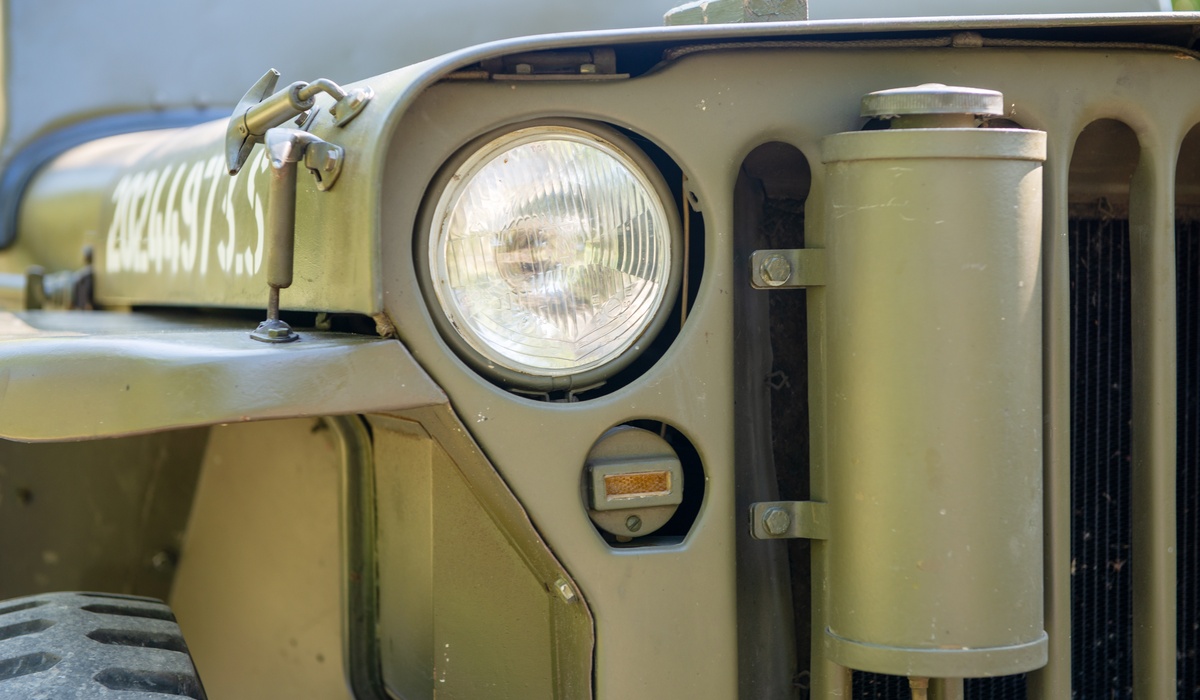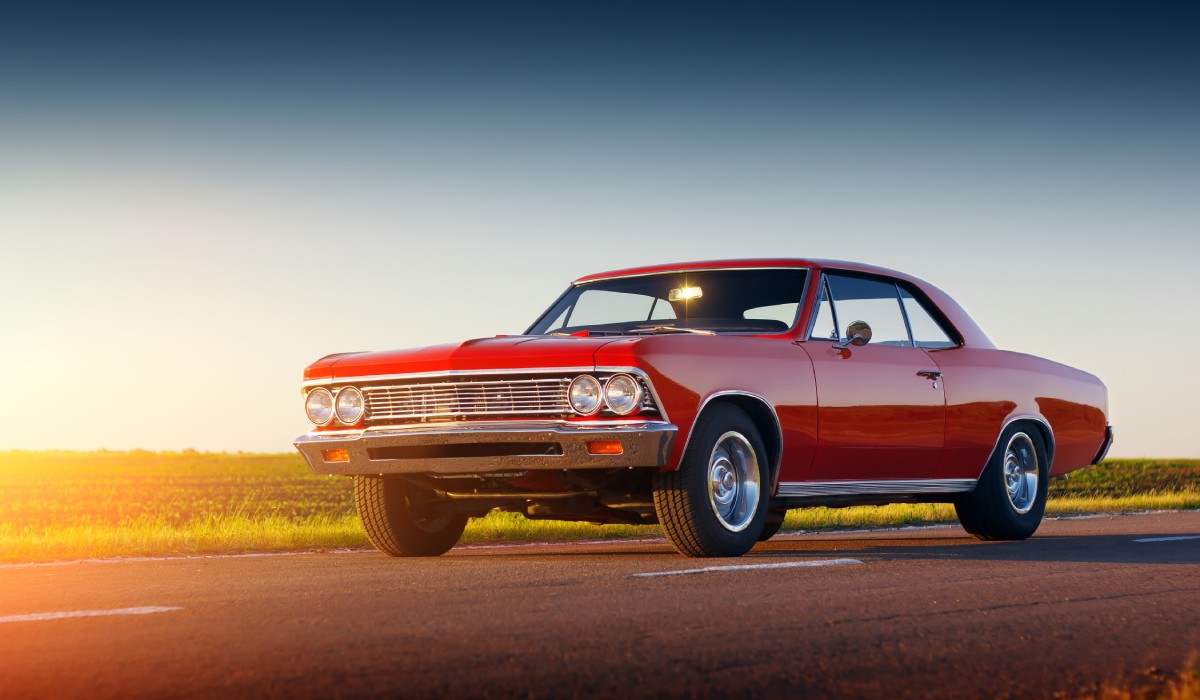Congratulations! You’ve just completed one of the most rewarding projects a vintage vehicle enthusiast can undertake—a classic Jeep restoration. But the work doesn’t end when you get the vehicle running. There’s plenty to do after restoring a vintage Army Jeep, from mechanical functionality tests and sourcing replacement parts to gathering necessary documentation.
Your first priority should be to conduct comprehensive post-restoration checks. Even though you’ve meticulously rebuilt every component, fresh eyes and a systematic approach will catch any issues before they become problems. This initial shakedown prevents minor oversights from becoming major headaches during your first drive.
Next, you’ll want to source authentic parts for future maintenance of your historical Jeep. Military vehicle parts suppliers, salvage yards specializing in vintage equipment, and online forums for military vehicles provide excellent resources. Many restorers maintain parts catalogs and supplier contacts for future reference. Establishing relationships with these sources before you need parts saves time and ensures availability when components require replacement.
Another thing you need to do after restoring a vintage Army Jeep is find a secure and comfortable place to store it. You’re not going to be driving your Jeep every day, and vintage military vehicles require specific environmental considerations to prevent deterioration and maintain their integrity. Indoor storage with climate control prevents moisture damage, rust formation, and degradation of rubber. If indoor storage isn’t possible, invest in a quality car cover for outdoor use.
In many cases, the best resource for vintage Jeep restorers is fellow owners, so joining a vintage Jeep owners club is a wise idea. These organizations offer invaluable knowledge sharing, technical support, and camaraderie with enthusiasts who understand your passion. Many clubs maintain extensive libraries of technical manuals, parts catalogs, and restoration guides that prove invaluable for ongoing maintenance.
Documentation serves multiple purposes throughout your ownership experience. Photograph your restoration upon completion from various angles to create a visual record of your achievement. Compile all receipts, parts lists, and technical specifications into a comprehensive folder. This documentation proves invaluable for insurance purposes, future maintenance reference, and potential resale. Many collectors specifically seek well-documented vehicles with complete restoration histories.
You also need to protect your prized possession with insurance. There are many insurance factors to consider for a road-ready Army Jeep that will determine your rates, like the Jeep’s condition and its safety features. Specialty classic car insurance providers understand the unique value and usage patterns of restored military vehicles. These policies offer agreed-value coverage that reflects your restoration investment rather than standard depreciated book values.
Your restored vintage army Jeep embodies a tangible connection to military history and American manufacturing heritage. Each drive becomes an opportunity to experience automotive history firsthand while honoring the service members who originally operated these remarkable machines.
The completion of your restoration project opens new possibilities for enjoying your vintage Jeep, whether through weekend drives, car shows, or historical reenactments. Your dedication to preserving this piece of history ensures future generations can appreciate the ingenuity and durability of these iconic military vehicles.









